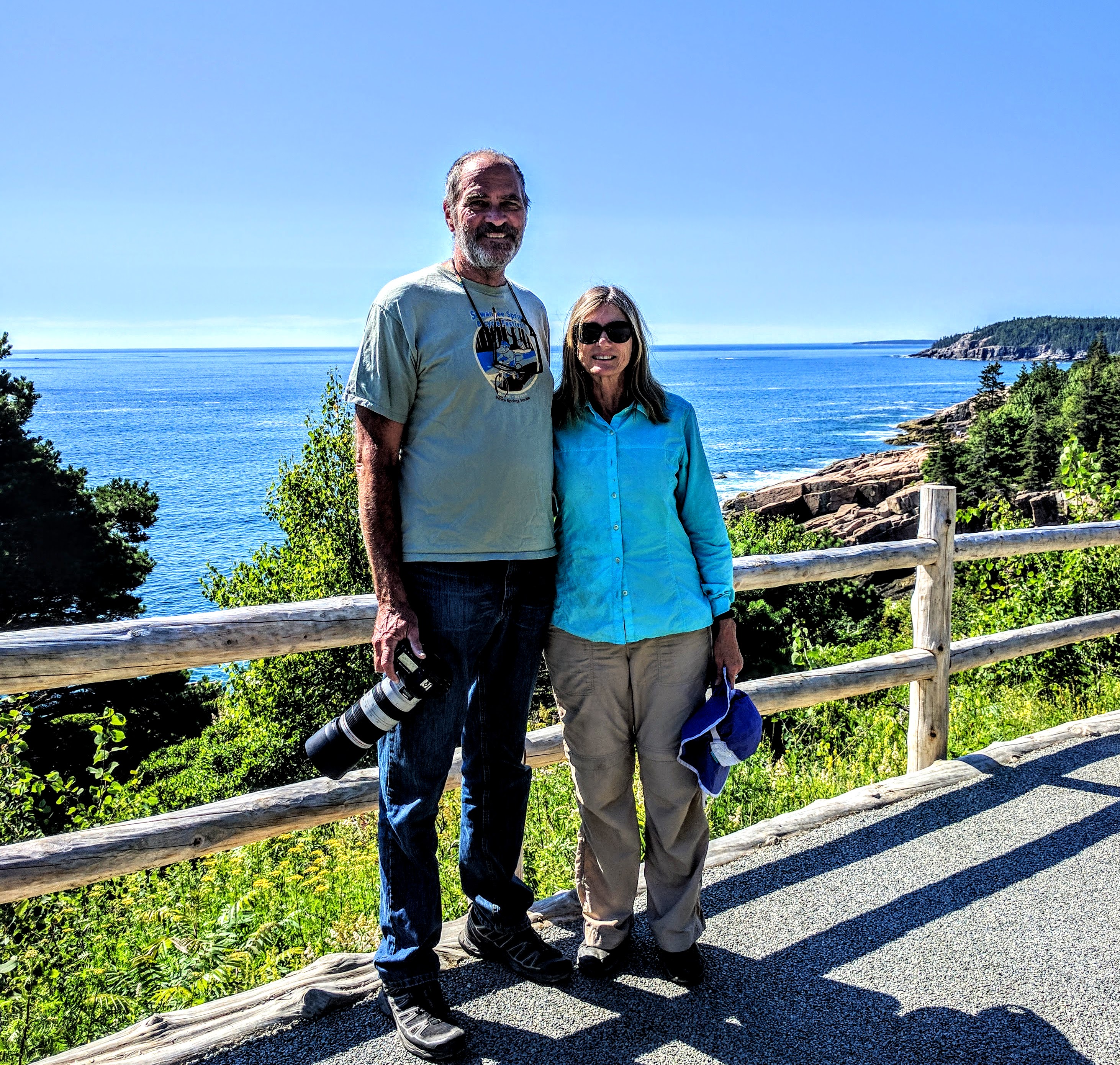

The building of
Ernie Tortuga
our Sprinter van
We were camping in a tent and driving a Subaru Outback, which can be problematic in Bear Country. We decided to upgrade to hard shell camping, and bought a Mercedes Benz 2016 Sprinter 3500 with the long wheelbase and a Super High fiberglass roof. The extra height gives us over seven feet of head clearance, which allows more room for my 6'8" height.
We bought the van as an empty shell wrapped in plastic, with holes where the windows should be. Once the windows were installed we were street legal (though it took a few tries before the installers were able to properly seal them from the rain). A friend Mike led me through building the bedframe, and he also built the footlocker with the spare wood and other hardware he had.
The floor was our first foray into solo work, the result of numerous YouTube videos. In retrospect, I should have done better, making it thicker with more insulation. C'est la vie, it is functional. Next we stuffed insulation into the walls and mostly hid it behind wall coverings. Sharon liked the idea of a bead board ceiling, so we packed insulation up there before screwing in the boards that she painted off white. With the ceiling we had a home!
When we tent camped in our Subaru, we kept our clothes in plastic bins, and we figured what was good enough then would be good enough for now. So I built a pair of open boxes with a middle vertical board, the width of each side defined by the width of the bins we were using. I built a pair of shelves with slides for canned goods. We had a Yeti cooler from our tent days, and we kept it for our initial year's travels. I built a humongous box to store stuff beside the bikes, which were
Our second year we replaced our bins with drawers, and we added upper cabinets. I got the doors wrong initially, we spent our second year trying to find a good way to keep them closed. In the back, we put the bikes on a slide, and then tossed the big box and replaced it with another slide and a trio of plastic bins. We later added a shelf above the bins to hold our pair of inflatable SUPs.
Our electrical journey started out very simply. We originally got a plug put in the side of the van, which our first big trip was connected to an extension cord. Then we had a more proper electrical installation, with a 100 amp hour GSM battery, a charger when connected to shore power, a breaker box, and a few outlets that only work when plugged into shore power. And a 50 watt solar panel and controller and inverter. The panel failed fairly quickly, and the installer wouldn't honor their own warranty or the manufacturer's. So we replaced it with a 160 watt panel and a better controller and better inverter. (The original inverter was modified sine wave, which causes issues with some products, so we upgraded to pure sine wave.) We used up the battery in less than a year, so we replaced it with a pair of LiFEPO4 100 amp hour units and a battery management system, so I can monitor its status from my phone.
